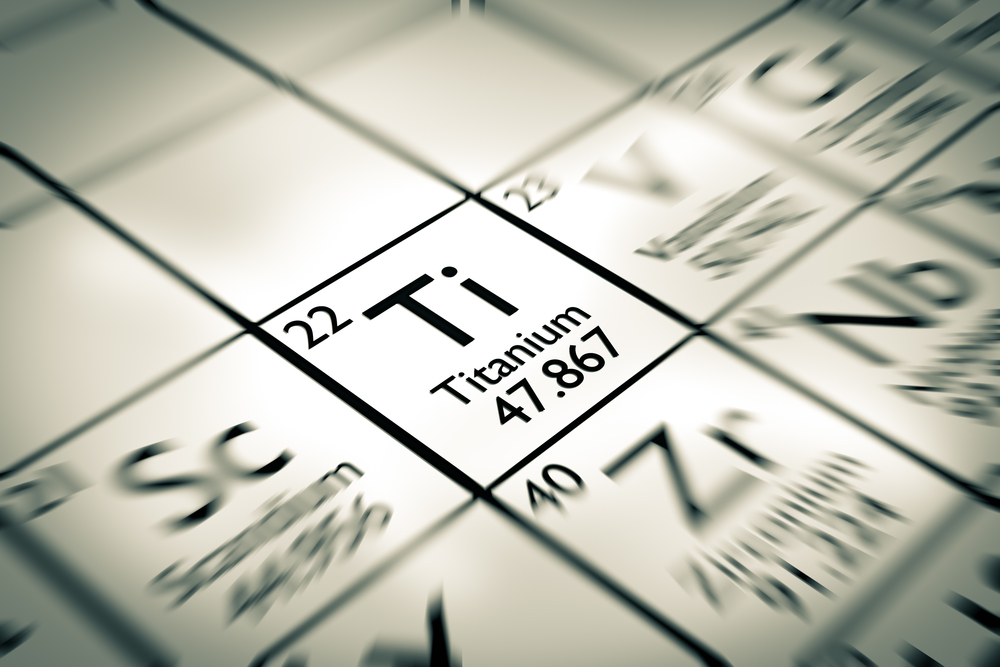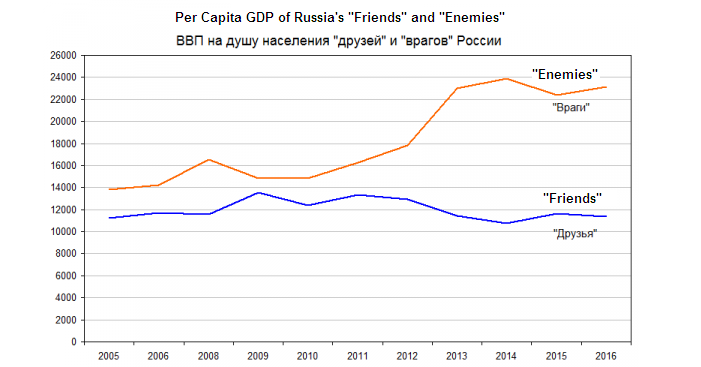Russia could never defeat Ukraine militarily, but that is not the plan. The longer the war drags on, the more likely Russia is to achieve victory because of the mounting economic damage to Ukraine. If the West wants Russia to lose and Ukraine to win, it needs a new strategy, now.
But it's also grossly misleading. Seen through the prism of hybrid war, Russia's efforts are still bringing them closer to victory.
What happened on 24 February last year was just that: a horizontal and vertical escalation. A shift from the main focus on the non-military to the military tools – BUT – still using all tools. It is still a total war.
Ukraine to spend over 44% of 2023 budget on defenseThe economic losses from the temporary occupation of the Crimean Peninsula by Russia have previously been assessed at $135 billion. This is a conservative estimate since it only lists known oil and gas deposits. The losses are increasing by the year. Last summer, Russia occupied territories containing $ 12,400 billion in minerals, gas and oil. Additionally, it controls Ukraine’s maritime exclusive economic zones assumed to contain a “North Sea basin” reservoir of gas and oil. It has also taken procession of some of its crucial coal deposits. Its massive attacks on critical infrastructure, as well as Ukraine’s industrial and agricultural basis further erode its economic viability. The destruction of the Ukrainian energy sector, including the occupation of Zaporizhzhia Nuclear Power Plants, helps ensure a further erosion of its independence and sovereignty. The Russian maritime blockade of the Ukrainian ports is part of its wider effort to undermine Ukrainian statehood. The list is by no means complete. Russia is using diplomacy, politics, energy, information, humanitarian, and lawfare to defeat Ukraine, knowing that Western support comes with a “best before date.” The cost of rebuilding Ukraine alone is presently assessed to be a staggering $750 billion, a bill that no one is keen to pay. It is s hybrid war – and Russia is seeking a Ukrainian defeat through the parallel and synchronized use of both military and non-military means. The only thing that matters is the result: a Ukrainian – and, therefore, a Western defeat. How it is achieved matters not. A Russian military victory was always out of reach. The western strategy needs to adapt to the hybrid war. The longer it lasts, the more likely a Russian victory becomes because of the accumulative costs induced on Ukraine and the West. The hybrid war – which Russia is also waging against the USA, the EU, and NATO – requires Western action.
Not reaction. And not detachment out of fear of escalation.
Related:
- The eight signs of discord within NATO
- Media must stop pretending Russia is credible after ECHR’s ruling on occupied Donbas
- The only acceptable off-ramp for Putin
- What if Russia wins in Ukraine and the only thing that can stop this: Opinion





